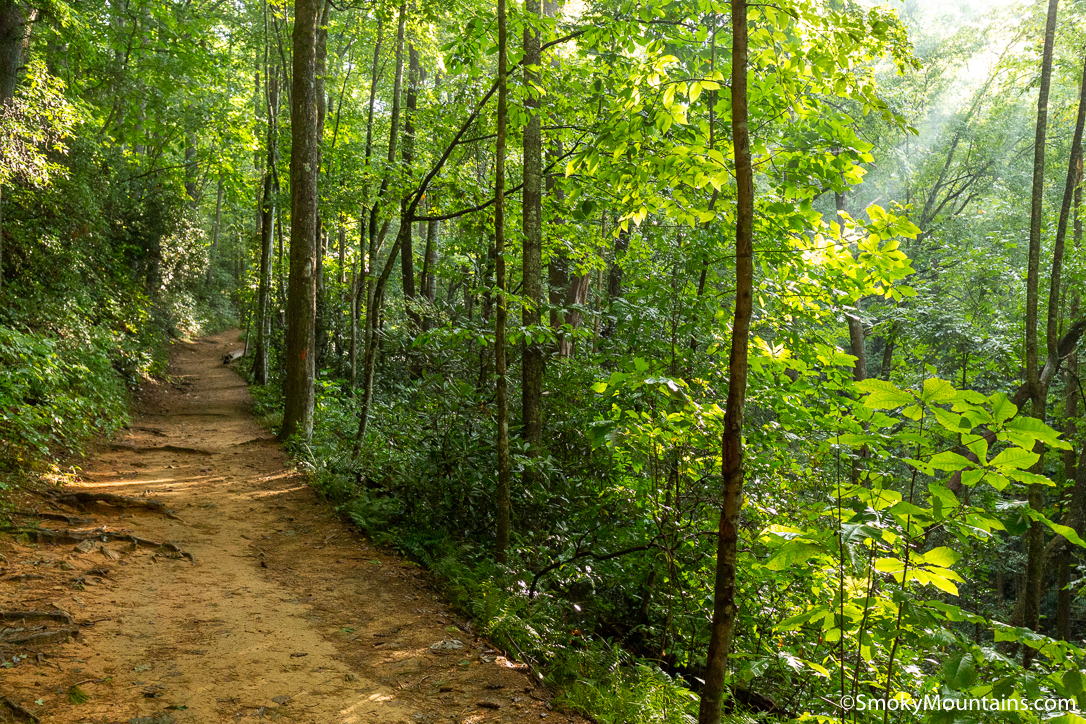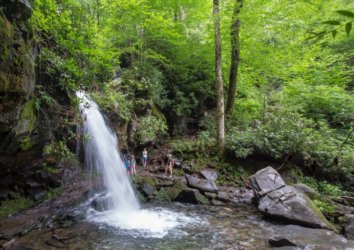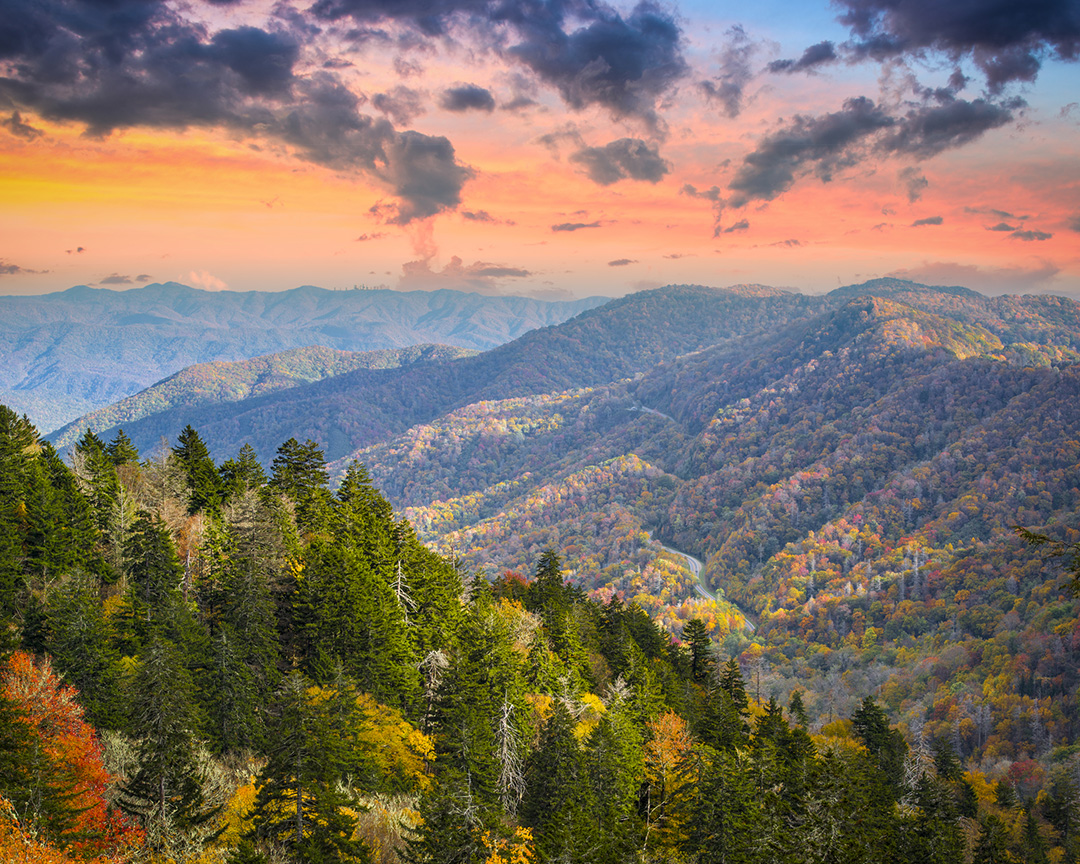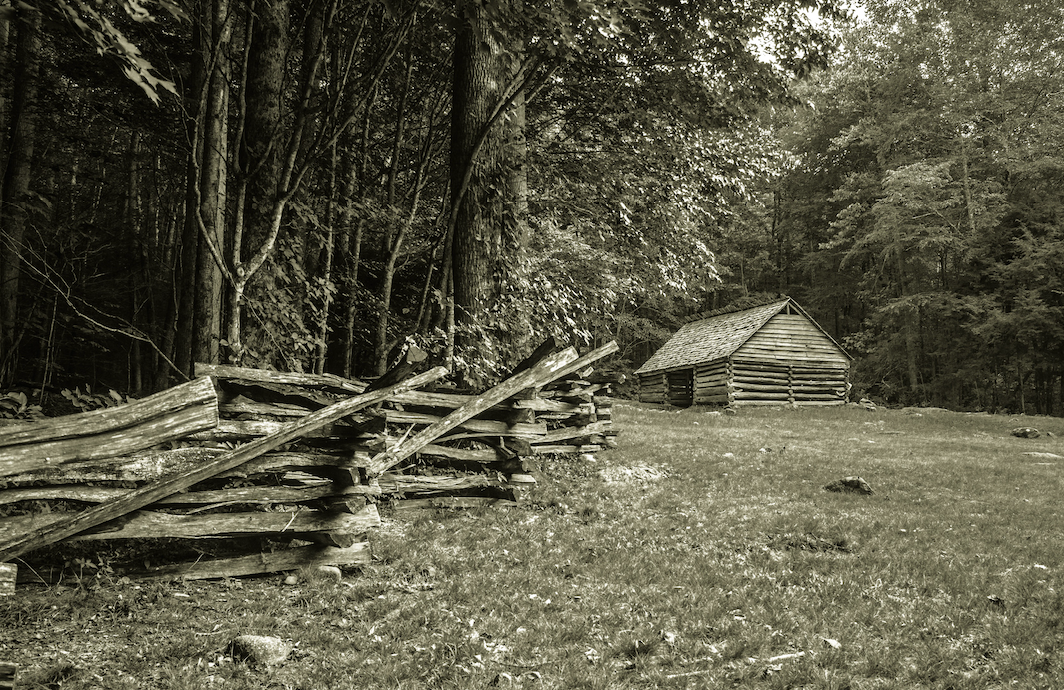The Great Smoky Mountains National Park sprawls across a mind-boggling 522,427 acres of land, making it exceedingly difficult to know just where to go first. So, if you’ve never been to the Smokies before, you’re undoubtedly at a loss on how to best explore the stunning landscape. Fortunately, you don’t have to go it alone. We’re here to help you zero in on all the things you absolutely must see during your visit. Ready to get started? Here’s what you need to know.
Clingman’s Dome

If you want to enjoy breathtaking, wide-open views of the Smokies, definitely stop by Clingman’s Dome. The view from the parking lot is definitely spectacular, but the observation tower is where you want to be for the best views around. It’s only open from April through November though, so plan your trip accordingly.
Upon climbing the observation tower, you’ll stand over 6,643 feet above sea level, higher than any other point in Tennessee. On ultra-clear days, you can count on seeing mountain tops as far as 100 miles in the distance, but that’s a rather rare sight. On most days, the view is cut down to just 20 miles, which is plenty enough to enjoy the beauty of the park.
Cades Cove

Once a thriving 19th-century settlement, Cades Cove takes you back into the past with a look at the historic buildings set against the natural landscape. Although nearly 300 people once called the valley their home, only their structures stand in their wake.
As you enter the Cades Cove loop, grab a self-guiding tour booklet before venturing further. Within the booklet, you’ll get tons of information about the many churches, log houses, grist mill, and other buildings all around.
You’ll want to take a peek ahead quite often, too. So, you don’t miss out on any of the beautiful plants and wildlife in your midst. It’s not uncommon to see wild turkeys, white-tailed deer, coyotes, and even black bears during Cades Cove explorations.
Elkmont
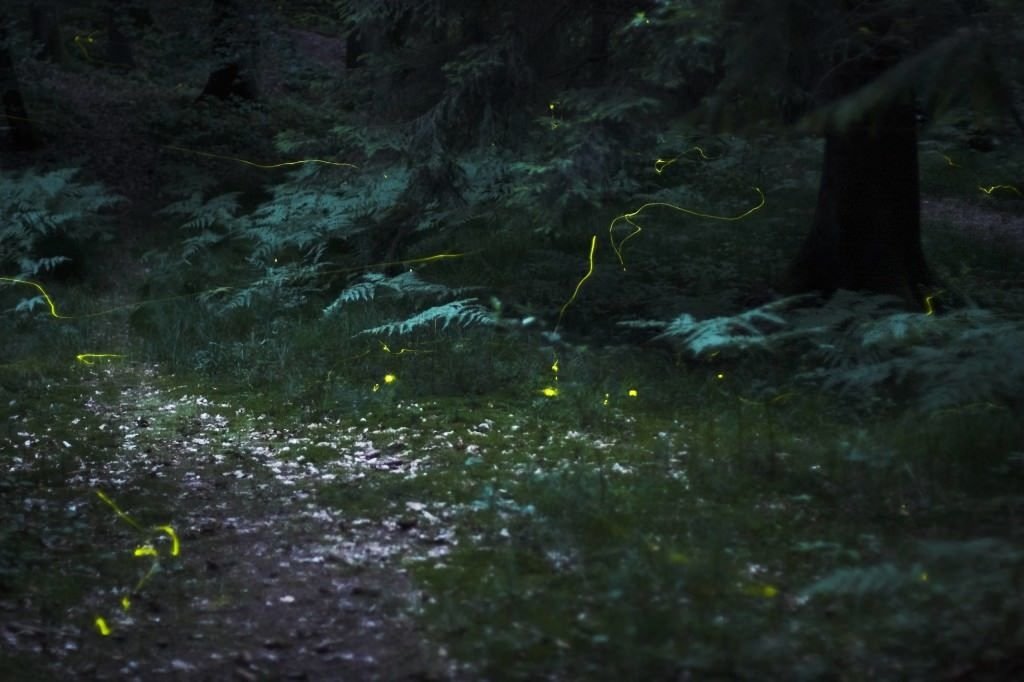
One part pristine campground, another part fabled ghost town, Elkmont is a great place to stay overnight in the Smokies. Like Cades Cove, this area once served as a settlement – and was even a popular resort town at one time. Through the years, the buildings fell into a state of serious disrepair, but all that’s changing.
The National Park Service has set out to rehab the cabins, allowing you to walk through and view a piece of history. After viewing the cabins, you can hike along the Little River trails to see the chimneys, stone walls, and other remnants of the cabins far too gone to save.
If you want somewhere to rest in between all your explorations, grab one of the 220 tent and RV campsites. The campgrounds come with access to bathrooms and many other amenities, making it a popular place to stay for the weekend or longer.
Newfound Gap Road

For a trip through the lowest pass cutting through the mountainside, you have to take a drive through the Newfound Gap. Traveling along this paved road will take you through the center of the park, giving you a glimpse of the diverse forest ecosystems in its confines.
Although just 31 miles long, this road goes through hardware forests, evergreen woodlands, and pine-oak stands galore. The fragrant trees set the stage for a memorable drive any time of the year. But it’s best to come through as the fall colors light up the forest in vivid reds, oranges, and yellows.
If you want to stretch your legs along the way, stop at the Appalachian Trail that crosses the roadway near the Tennessee-North Carolina state line. Don’t forget to stop at the parking area, too, for scenic views of the park.
Roaring Forks Motor Nature Trail

For another chance to enjoy picturesque views from the comfort of your vehicle, take a trip around the Roaring Forks Motor Nature Trail. While it’s just six miles long, this slow cruise will treat you to some of the finest views in the park. You must drive a car, truck, or minivan though – RVs simply won’t fit on the narrow roadway.
No matter what you drive, stop at the Noah “Bud” Ogle Farmstead for a walking tour. Then, grab a map and hit the road while taking it super slow. If you go too quick, you’ll miss the stunning mountain streams burbling over the mossy rocks throughout the old-growth forest. At the end of the trail, you’ll get to see the Place of a Thousand Drips waterfall flowing if you’re lucky, although it’s only active after heavy rainfalls.
Rainbow Falls

Right after leaving the Noah “Bud” Ogle Farmstead, stop at the trailhead for Rainbow Falls to see a spectacular 80-foot waterfall up close. On sunny days, the light shimmers to create a rainbow of hues, giving this waterfall its name.
You’ll need to traverse a moderately difficult five-mile hike to the falls and back. But it’s well worth it if you can swing it. You’ll spend about three to five hours on the trail, so be sure to bring a picnic lunch, protein-rich snacks, and plenty of water for all. Hiking shoes are a must as well along with a camera on a strap.
Synchronous Fireflies

The synchronous fireflies are a true sight to behold – and they only put on a show for a few weeks in the late spring. On top of that, you must sign up for the lottery to get access to all the wondrous sights. If you manage to get a spot, you’ll get to come into the park just in time to see the fireflies light up for their annual mating ritual.
You’ll need to dress for cool nighttime weather and bring a flashlight with its lens covered in red cellophane. Then, only use your flashlight to navigate to your viewing spot before switching it off to see the show in all its glory. As you watch in awe, light from the interesting insects will pulse through the forest, leaving you with memories to last a lifetime.
In order to give you all the best choices, this list is quite long. So, if you don’t make it through everything in one visit, rest assured you can always come back for more explorations. The park is open year-round, after all, although the summer and fall are the best times to come by.

